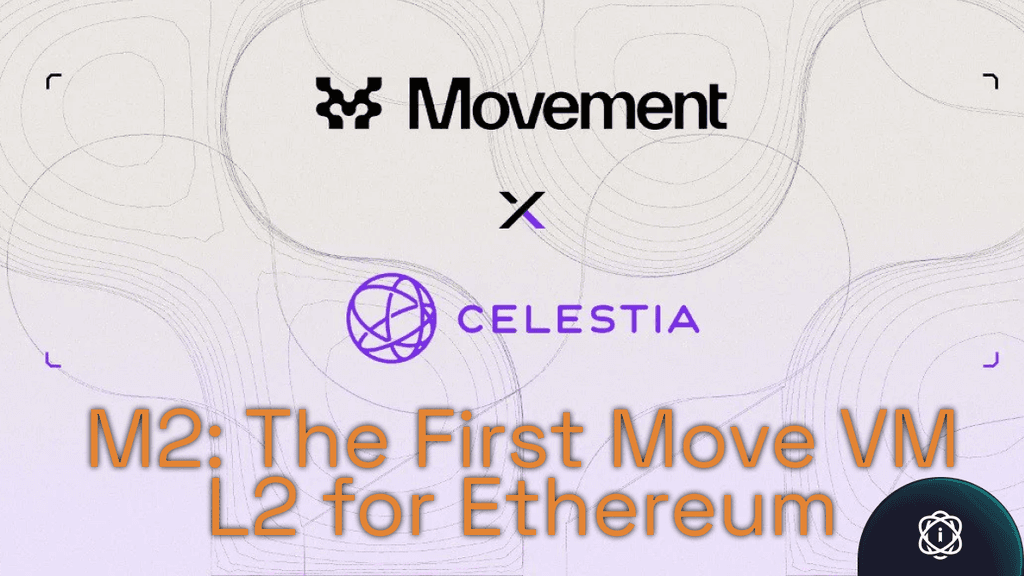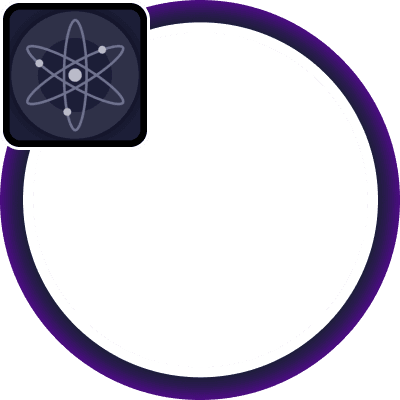Background and History
Layer 2 (L2) solutions emerged as a response to the scalability challenges faced by major blockchain networks, particularly Ethereum. As the adoption of decentralized applications (dApps) and smart contracts grew, the limitations of Layer 1 blockchains became apparent. High transaction fees and slow processing times during periods of network congestion hindered the usability and adoption of blockchain technology.
The concept of Layer 2 gained significant traction around 2017-2018, when blockchain developers began exploring ways to offload transactions from the main chain (Layer 1) while still leveraging its security. This led to the development of various L2 solutions, each with its own approach to improving scalability without compromising the decentralized nature of the underlying blockchain.
Key Features and Technologies
Off-Chain Transactions
Layer 2 solutions operate by moving a significant portion of transaction processing off the main blockchain, reducing the load on Layer 1 and enabling faster and cheaper transactions. These off-chain transactions are later consolidated and verified on the Layer 1 chain, ensuring the security and integrity of the data.
Rollups
One of the most prominent L2 technologies is rollups, which bundle multiple transactions into a single batch that is then posted to the Layer 1 chain. Rollups come in two main types:
- Optimistic Rollups: Assume that all transactions are valid by default but allow for fraud proofs to be submitted if necessary.
- ZK-Rollups (Zero-Knowledge Rollups): Use cryptographic proofs to validate the correctness of transactions without revealing their details.
Sidechains
Sidechains are independent blockchains that are connected to the main chain. They can process transactions faster and with lower fees, and their state is periodically anchored to the main chain for security. Unlike rollups, sidechains have their own security mechanisms, which may be less decentralized than the main chain.
State Channels
State channels allow participants to transact off-chain by creating a private channel between them. Only the final state of the channel is recorded on the main blockchain, which reduces the number of on-chain transactions needed.
Usage and Applications
Layer 2 solutions have become crucial for the scalability of blockchain networks, especially those with high transaction volumes like Ethereum. They are used in a variety of applications, including:
- Decentralized Finance (DeFi): L2 solutions enable faster and cheaper transactions in DeFi applications, making them more accessible to users.
- Gaming and NFTs: The high throughput of L2s allows for seamless interactions in blockchain-based games and non-fungible token (NFT) marketplaces.
- Cross-Chain Bridges: L2 solutions often facilitate cross-chain transactions, enabling assets to move between different blockchain networks efficiently.
Notable Events
Ethereum’s Layer 2 Ecosystem Growth
The Ethereum network has seen significant growth in its Layer 2 ecosystem, with several prominent projects like Arbitrum, Optimism, and zkSync leading the way. These projects have helped reduce congestion on the Ethereum mainnet by processing a substantial number of transactions off-chain.
Adoption in DeFi
As DeFi applications continue to grow, Layer 2 solutions have been increasingly adopted to overcome the limitations of Layer 1 blockchains. Notable platforms such as Uniswap and Aave have integrated with Layer 2 solutions to offer users lower fees and faster transactions.
Relevant Metrics and Data
- Transaction Speed: L2 solutions can process thousands of transactions per second (TPS), significantly outpacing the TPS of Layer 1 blockchains like Ethereum.
- Cost Reduction: By moving transactions off-chain, Layer 2 solutions can reduce transaction fees by up to 100x compared to Layer 1.
- Adoption Rate: As of 2024, Layer 2 solutions have processed billions of transactions, with increasing adoption across various sectors of the blockchain industry.







